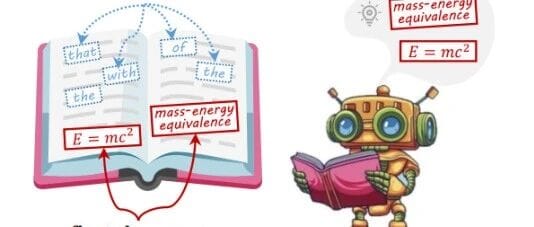IEEE | Where Are the Capability Boundaries of LLM Agents? First “Graph Learning Agent (GLA)” Review Builds a Unified Blueprint for Complex Systems

📰 Research Update — 2025-11-09, Beijing

A new research field has been formally defined: Graph-augmented LLM Agents (GLA).
---
Authors & Institutions

- Yixin Liu, Shiyuan Li, Shirui Pan — Griffith University
- Guibin Zhang — National University of Singapore
- Kun Wang — Nanyang Technological University
---
The Rise & Challenges of LLM Agents
LLM Agents have rapidly expanded into diverse areas — web browsing, software development, and embodied control.
They showcase powerful autonomous capabilities, yet face clear bottlenecks:
- Fragmented research efforts
- Weak long-term planning and memory
- Poor large-scale tool management
- Limited multi-agent coordination
> The field today resembles a vast jungle without a map.
The Key Question
How can we overcome these bottlenecks and design complex agent systems under a unified framework?
---
Breakthrough: Graphs as a Universal Framework
A survey published in IEEE Intelligent Systems offers the first systematic answer.
Graphs are proposed as a unified language and structural backbone for analyzing and enhancing LLM Agents.
This leads to the formal definition of Graph-augmented LLM Agents (GLA) — a direction promising greater reliability, efficiency, interpretability, and flexibility compared with pure LLM approaches.
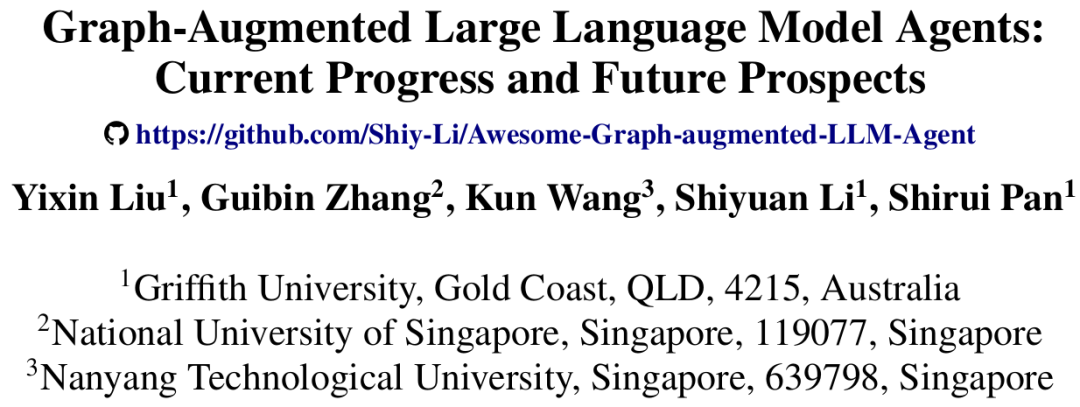
Paper Details
- Title: Graph-Augmented Large Language Model Agents: Current Progress and Future Prospects
- Published in: IEEE Intelligent Systems
- Authors: Yixin Liu, Guibin Zhang, Kun Wang, Shiyuan Li, Shirui Pan
- Paper Link: https://arxiv.org/abs/2507.21407
- Code Repository: https://github.com/Shiy-Li/Awesome-Graph-augmented-LLM-Agent
---
Core Framework: Everything can be represented as a graph
Why graphs?
Graphs offer a natural representation for structured data and complex workflows — the main weaknesses of LLM Agents.

Caption: (a) Core components of LLM Agent systems (b) Multi-agent systems
Both single-agent workflows and multi-agent collaborations can be abstracted into:
- Tool graphs
- Knowledge graphs
- Agent interaction graphs
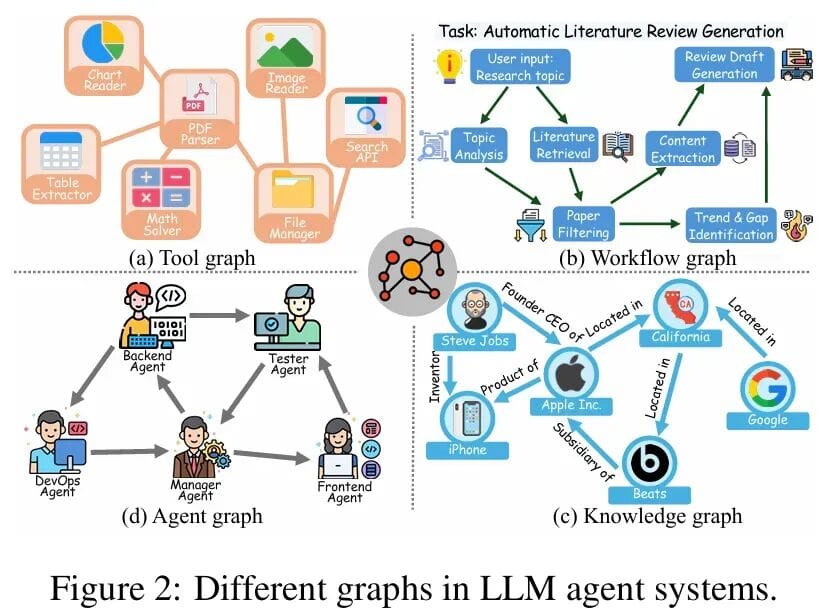
---
Dissecting a Single Agent
1. Planning — Making thought processes traceable
Graph structures improve planning at four levels:
- Represent the plan itself as a graph → explicit subtask dependencies
- Represent the pool of subtasks → ensure executability
- Represent reasoning as a graph (thought graphs) → flexible thinking
- Represent the environment as a graph → richer context
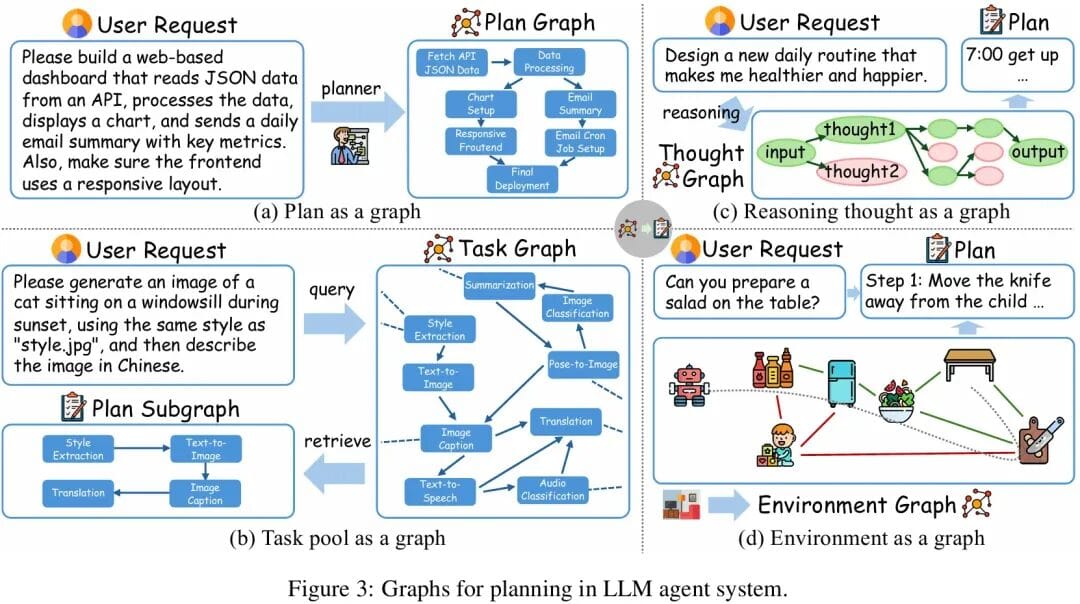
---
2. Memory — Building an evolvable long-term knowledge base
Two main approaches:
- Use interaction graphs to capture & organize experience from environment interaction
- Use knowledge graphs to store & retrieve structured factual knowledge

---
3. Tool Management — Optimizing API usage
A tool graph can:
- Describe tool dependencies clearly for better tool selection
- Enable agents to combine tools efficiently through graph analysis
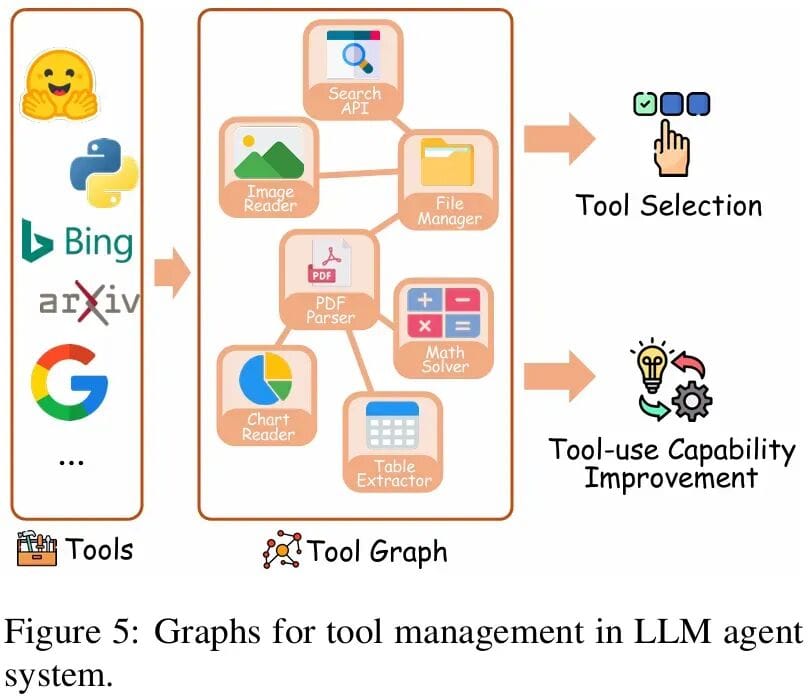
---
Multi-Agent Systems
Collaboration Paradigms: From Static → Dynamic → Evolving
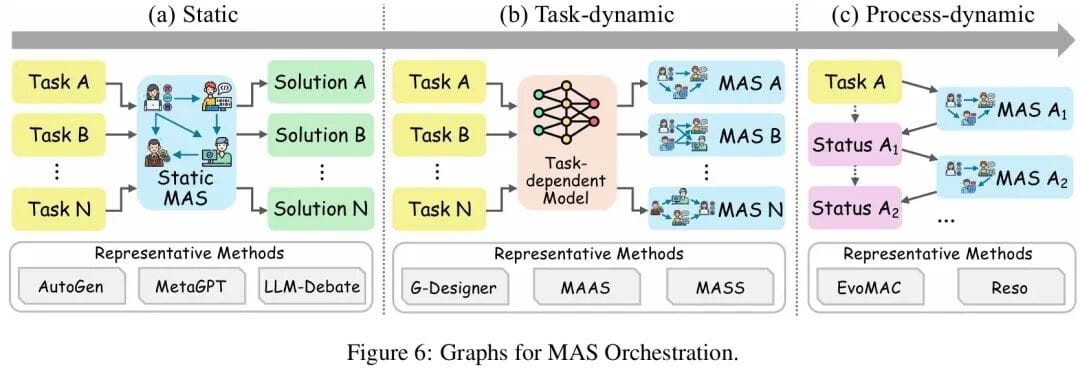
- Static collaboration — fixed agent relationships (e.g., AutoGen, MetaGPT)
- Task-dynamic collaboration — task-specific collaboration graphs (e.g., G-Designer)
- Process-dynamic collaboration — real-time evolving graphs (e.g., EvoMAC)
---
Efficiency Optimization — Slimming down “bloated” teams
Graph methods cut costs by addressing:
- Edge redundancy — prune unnecessary communications
- Node redundancy — remove unneeded agents
- Layer redundancy — reduce communication rounds

---
Trustworthiness — Safe & reliable MAS design
Modeling MAS as graphs enables:
- Tracing harmful information propagation
- Detecting malicious nodes with Graph Neural Networks (GNNs)
- Predicting and mitigating systemic risks
---
Summary & Future Directions
This survey establishes graphs as central to the design of LLM-based agents.
Five promising GLA directions:
- Dynamic, continuous graph learning in agent systems
- Unified graph abstraction across full-stack agent modules
- Multimodal graphs for multimodal agents
- Trustworthy MAS — privacy, security, fairness via graph methods
- Large-scale multi-agent simulations with billions of agents
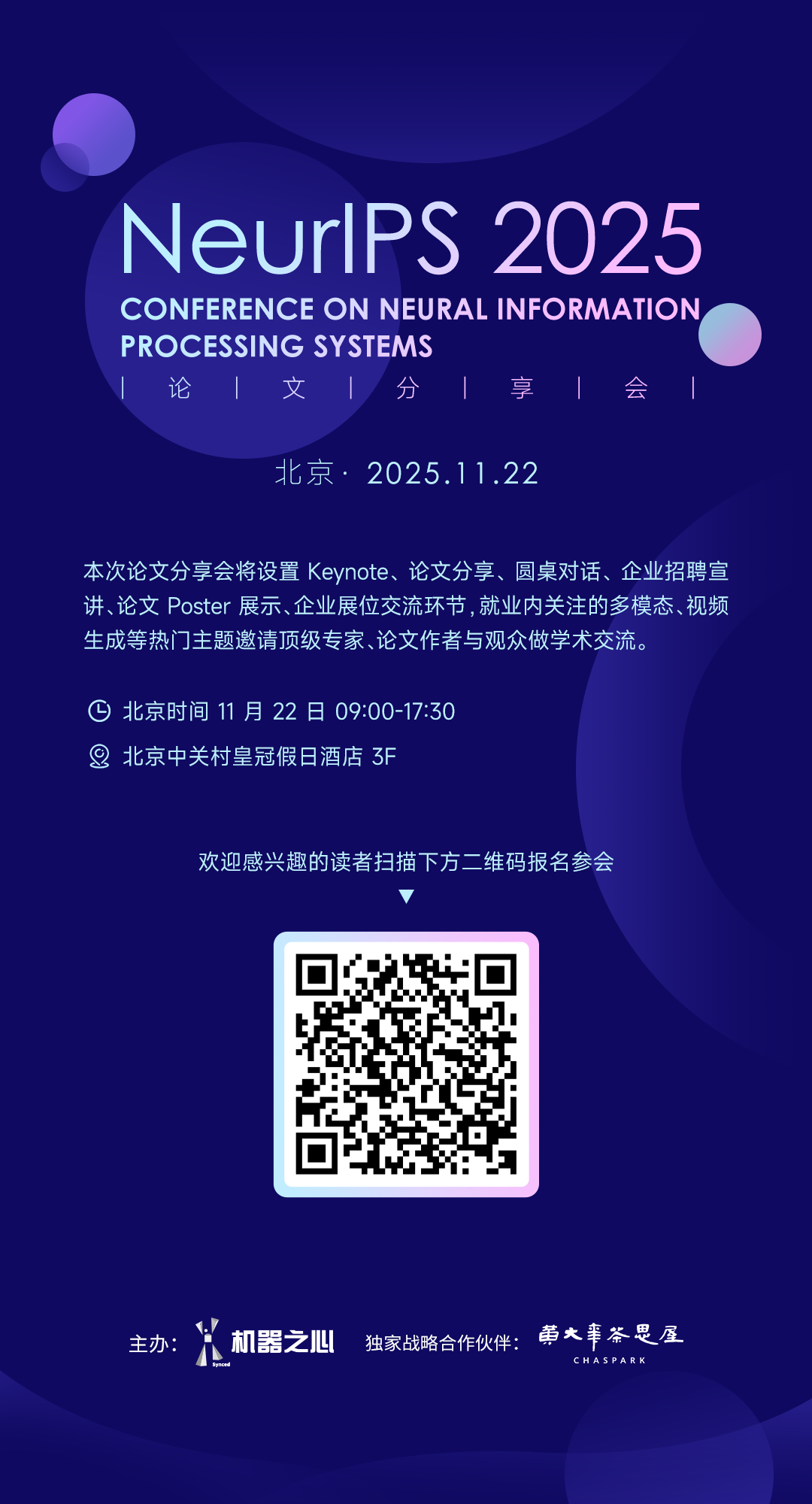
---
Practical Applications: AiToEarn Platform
Platforms like AiToEarn官网 are operationalizing cutting-edge AI workflows, integrating:
- AI content generation
- Cross-platform publishing (Douyin, WeChat, Instagram, X)
- Analytics and model ranking
AiToEarn开源地址 enables creators and developers to deploy GLA-enabled systems globally with efficiency.
🔗 Resources:
---
Would you like me to also create a visual summary diagram showing the relationship between Planning, Memory, Tools, and Multi-Agent Collaboration in GLA? That would make this survey much easier to grasp at a glance.


